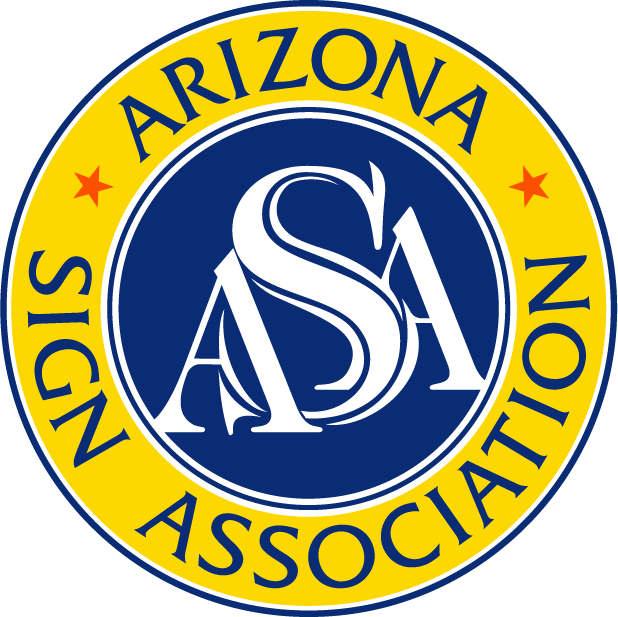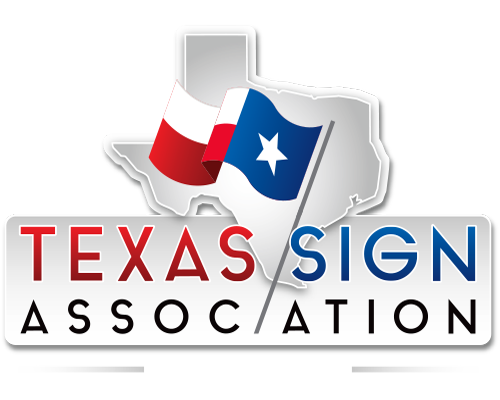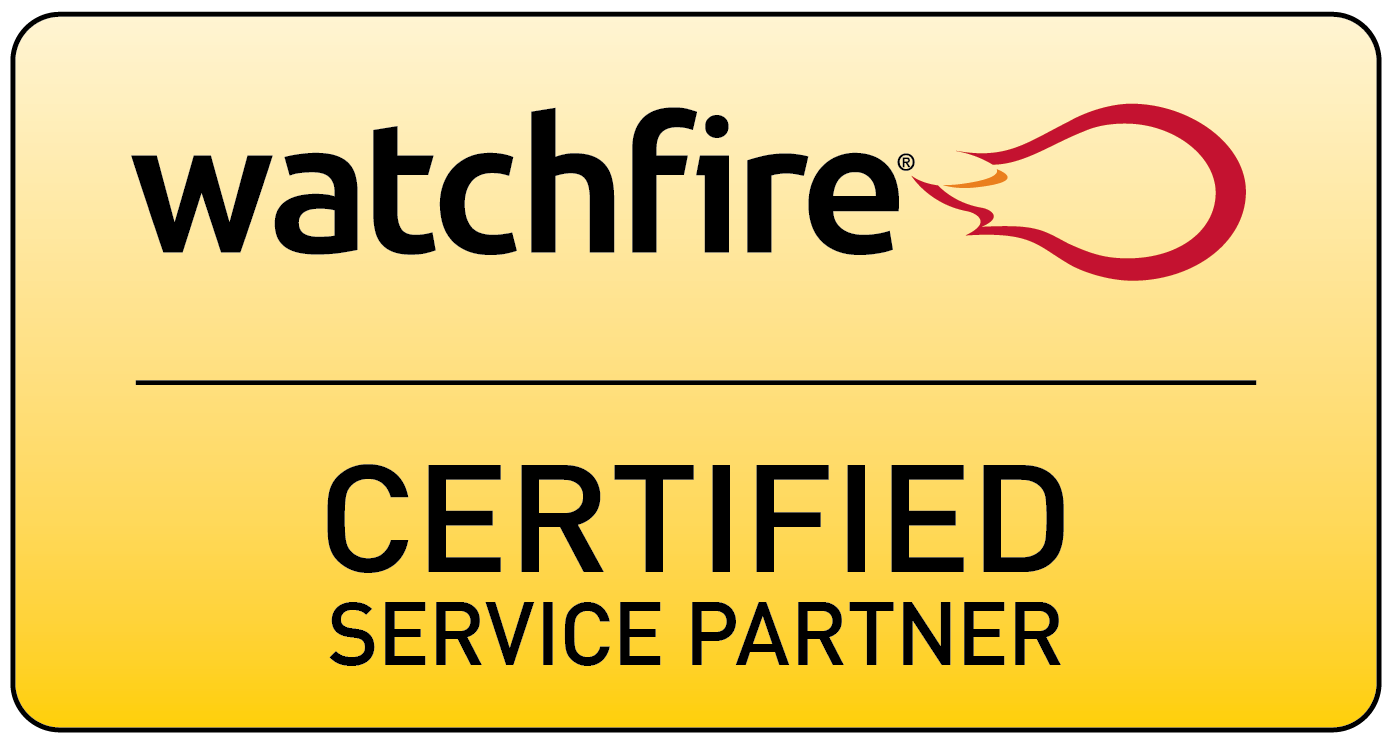The term “LED Signage” might sound unusual to you, but the product itself has become increasingly common over time. You’ve seen them everywhere: car washes, gas stations, airports, restaurants, and more. They’re the digital displays used to convey information 24/7 and at great distances.
LED signage happens to be one of our many specialties here at Signdealz, and we really enjoy helping our clients create these signs that allow for fast and efficient communication of information like promotions, sales, and events right when their customers are able to act on them.
For those who might be interested in LED signage but feel a bit out of depth when it comes to the terminology and selection process, we’ve created this quick guide to LED signage. We’ll take a brief look at the history of LED, the terms most often used when discussing this fascinating piece of technology, and help you understand the basic options available to you when you go to purchase your own LED signage.
LED History
The first LED (or Light Emitting Diode) was invented in 1962 by Nick Holonyak at GE, and was originally only red in color. In fact, the first practical LED sign wasn’t produced until 1968 (by Hewlett Packard) and even then, LED signage was pretty much exclusively monochromatic. It wasn’t until the 1980s that a full, three-color triad (Red, Yellow, and Blue) of LEDs were produced that would allow for multi-color displays.
Fun fact: These LED displays, despite the increased availability of color, remained fairly basic until U2’s “Popmart” tour in 1997. Designer Mark Fisher found that, because LEDs of that time allowed for long-viewing distances and pixel spacing could be set up wide enough to create incredibly large images, he could create a 170ft x 56ft display for the band’s concerts. It was made up of 150,000 pixels.
LED Terms & Definitions
It can be a bit tricky to follow the terms and abbreviations used by signage designers and manufacturers to discuss LED displays, so here are a few simple definitions to help you get your footing. (Note that some of these terms have additional names that they’re referred to as. For example, LED signage can also be referred to as LED Displays, Electronic Message Centers).
LED: Light Emitting Diode - You’ve undoubtedly seen these before. They’re bright and efficient alternatives to incandescent light bulbs, except they don’t have a filament so they don’t burn out. Picture your typical home light bulb, but on a much smaller scale.
Pixel: You’ve heard this term used in relation to TVs or computer screens, and that’s because it’s pretty much the same concept. It’s a cluster of 3 bulbs (in this case, 3 LEDs). Each LED can produce one of three colors: Red, Yellow, or Blue. (LED Pixels utilize the RGB Color Model to produce an array of different colors).
Pixel Pitch: This refers to the spacing between pixels. Usually measured in millimeters (6mm, 10mm, 16mm, etc.). The less space between pixels, the higher the resolution (and vice versa). If you want clear, crisp images - you want higher resolution. If you’re just conveying small units of information (like prices), you might consider a lower resolution.
Matrix: This is similar to someone referring to a screen resolution. For example, you might have a tablet with a 10.5 screen size and a 2224x1668 pixel resolution. In the case of signage, the screen size relates to the number of pixels vertically by the number of pixels horizontally. So a sign with a 45 x 62 matrix is made up of 45 pixels from the top to the bottom and 62 pixels from the left to the right.
Viewing Distance: This term usually refers to Optimal viewing distance. Or in other words, the distance at which pixels begin to blend well enough to create a clear image. Various signage companies have their own rule of thumb for what they might recommend as optimal viewing distance, but if you go by retina viewing distance, that ends up being close to 10 ft./1mm of pixel pitch.
How to Choose Your Outdoor LED Signage
Choosing your LED signage ultimately comes down to determining how you intend to use your signage and your budget. Let’s take a look at each of these to better understand how they can affect the display that you ultimately end up with.
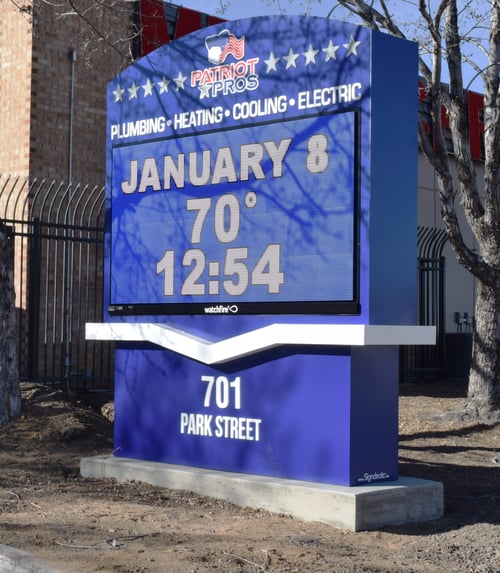 Here, Patriot Pros uses their Outdoor LED Sign to display the date, outdoor temperature, and the time as a part of a cycling set of information displays programmed into their LED display software.
Here, Patriot Pros uses their Outdoor LED Sign to display the date, outdoor temperature, and the time as a part of a cycling set of information displays programmed into their LED display software.
How will you use your Outdoor LED signage?
First and foremost, you need to consider what you’re hoping to accomplish with your signage and what you intend to display on it. If you’re planning to display a lot of information, images, or animations; then your display will either need to be larger or have a higher resolution. Naturally, less information would require either a smaller display or lower resolution.
Example:
The “Take-a-number” sign at your local DMV doesn’t need to be particularly large or a high resolution in order to display the information that needs to be shared. It’s simply displaying a set of numbers indicating the next person in line.
However, the large LED display at your community college’s sports field will likely need to be larger so that people in the stands can see it, and it might also have a larger resolution so that scoring animations or additional information can be displayed at different points in the game.
Other use cases might include:
- Displaying your company logo
- Displaying social media or contact information
- Displaying videos
- Providing real-time information
- Displaying information from multiple sources
What is Your Budget for Outdoor LED Signage?
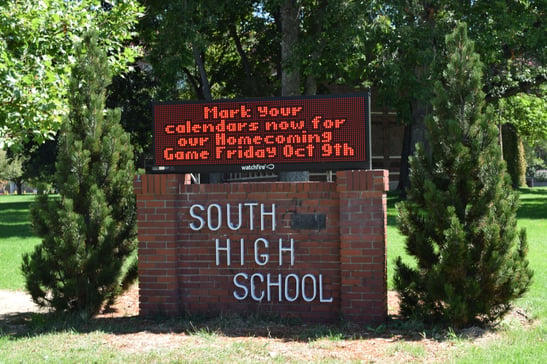
South High School's Outdoor LED Sign in Denver, CO was financed through the fundraising efforts of school alumni and the PTSA.
Just as you might find with the purchasing price of LED monitors and TVs the cost of an LED display will increase as the resolution increases, features are added, and the product and materials used in manufacturing go up in quality.
Do keep in mind that, as with any high value purchase, there are hidden costs in trying to save here and there by sourcing a less than stellar product. Besides the risks of selecting a display with too low resolution or lacking features that would allow for your intended use, you might also find that you run into maintenance issues down the line. Just because LED bulbs don’t burn out, doesn’t mean other problems can’t arise from the use of inferior materials, parts, or labor.
You must also remember that a well functioning LED display that communicates with your customers in a timely and efficient manner will result in a high return on your investment. You’ll save time and money on advertising costs that might otherwise be spent on ads that don’t reach your customers when they’re able to immediately act on your sales or promotions.
Buying Outdoor LED Signs
When it comes to purchasing the right LED display, a good signage company will guide you to the best product for your business, and help you understand how to use it. Our sales team and project managers make every effort to ensure that the product you’re getting is of the highest quality from the features you need to materials that will perform consistently and stand up to the elements (we wouldn’t include a 5 year warranty on our signage if that wasn’t the case).
Now, when you go to purchase your LED signage, you’ll know the history, the jargon, and the 2 most important things to keep in mind: how you plan to use it and what you can afford in your budget.
Ready to buy? Be sure to reach out to our Signdealz team today. We’re always happy to help you create the best signage to help you promote your business!


-(1)_1696879152.png?width=254&height=55&name=Signdealz-Web-Logo-2023-(Transparent-Background)-(1)_1696879152.png)
